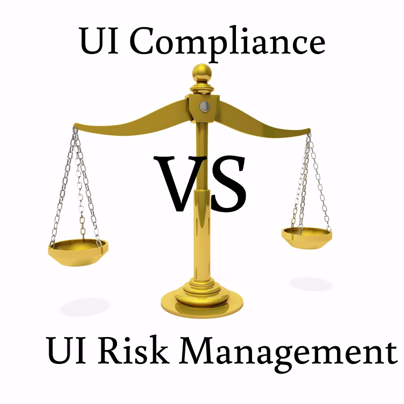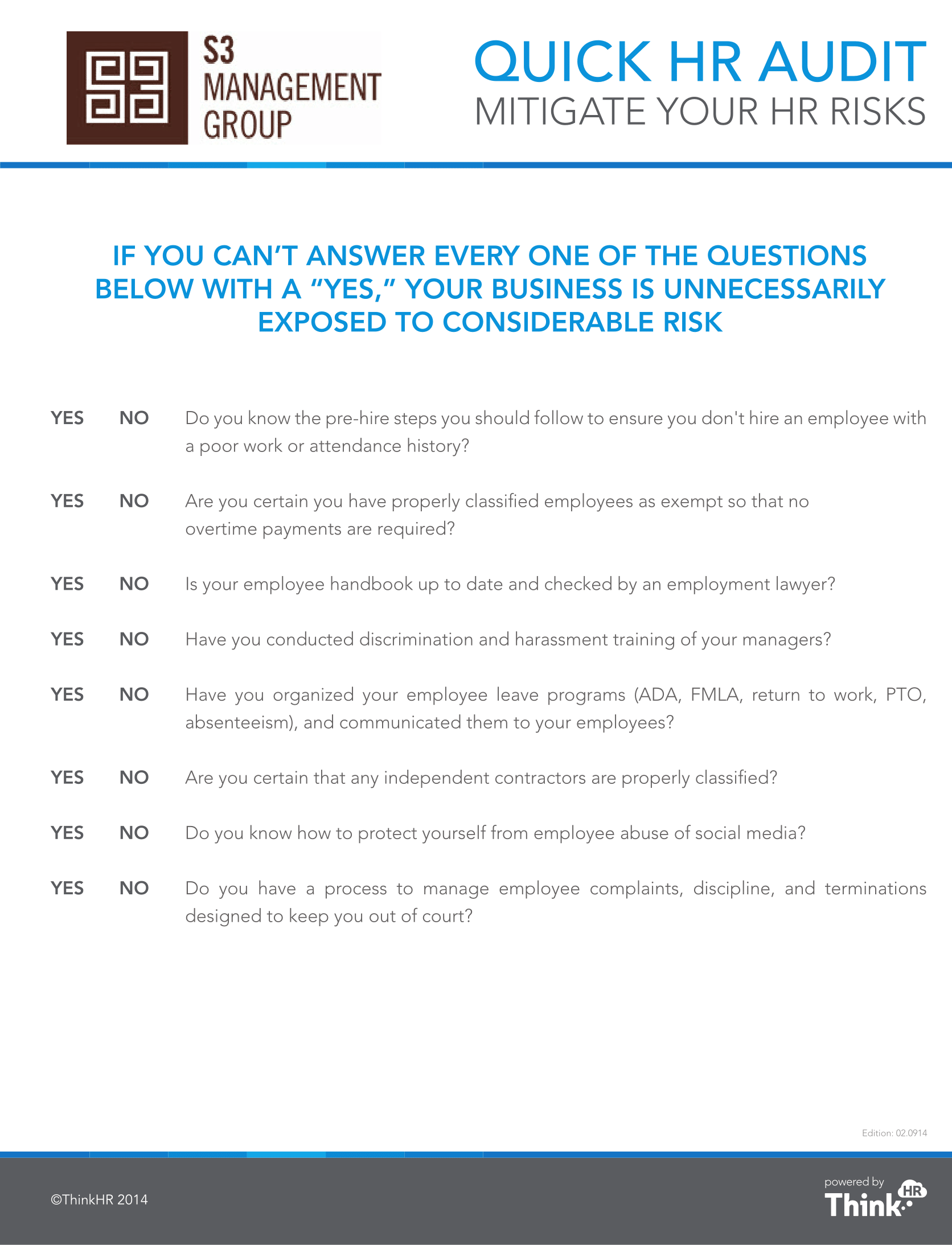The difference between UI compliance and UI risk management can be summed up in one word. That word is control. Compliance takes the control out of your hands and gives it to the state to decide. With risk management, you control the outcome.
UI Compliance
Compliance is the action of complying with a command. Being UI compliant means that your company is following the rules and regulations that are set forth for unemployment insurance in your state.
The outcome is determined by the state, not the organization. The state decides if the employees are eligible for the unemployment insurance claims, how much compensation they’ll receive, when they’ll receive it, and for how long.
To be compliant, you must respond to claims in a timely manner and provide adequate responses to the state agency. That would be fine, except your attention and money is focused on winning the claim instead of avoiding it in the first place.
UI Risk Management
Risk management is how you proactively handle and oversee a potential risk that may have an unfavorable impact on the organization. With UI risk management, you influence the overall outcome of the situation and dramatically cut your unemployment insurance expense.
UI risk management involves taking time to identify risk, assess and analyze the current situation, plan, implement solutions, measure, control, and monitor results. It involves a bit of effort up front, but the benefits far outweigh the costs. Over the years, we’ve observed that organizations with an effective UI risk management pay 50% less in unemployment charges.
For example, a tribal organization places workers on unpaid suspension pending an investigation into their offense. The suspended employees are still considered part of the workforce in the organization’s eyes, but according to the state, they are unemployed. As such, the suspended employee may be eligible to claim UI benefits. To avoid this claim from happening, the company’s UI risk management can:
- Identify the risk: Each year, the organization pays twelve unemployment insurance claims due to separations that are pending investigations.
- Assess and analyze: The average cost of a UI claim is $3000 per worker causing the yearly cost of UI claims to account for $36000.
- Plan of action: The organization evaluates the suspension history of employees. Then researches suspension policies and tries different procedure options always considering future risks that may harm the company.
- Implement a solution: The organization adopts a new suspension policy or procedure and potentially adds two weeks paid suspension in the system.
- Measure, control, and monitor: As a result of the new solution, the organization pays $0.00 in unemployment claims due to unpaid suspensions.
To help you quickly assess your risk, we’ve created the Quick HR Audit tool. To download it, click here.
In every situation, proactive prevention is always better than a reactive cure. This is the basic principle of UI compliance and UI risk management. The former is the cure to what already happened. The latter is the prevention to avoid the situation from happening in the first place. In any business, but in tribal organizations, in particular, risk management is a far superior option. To learn more about risk management solutions, click here.


